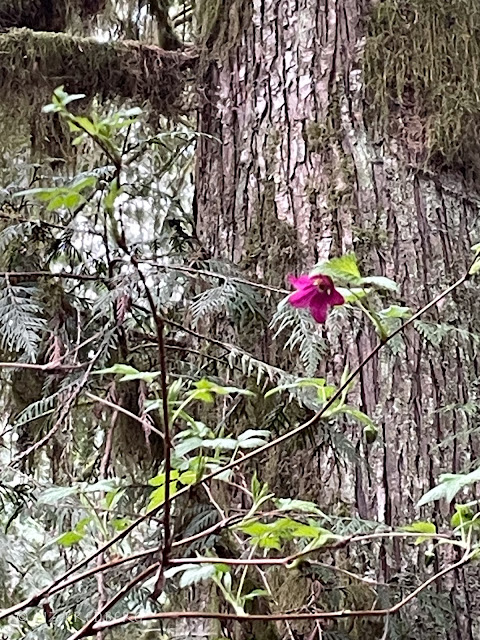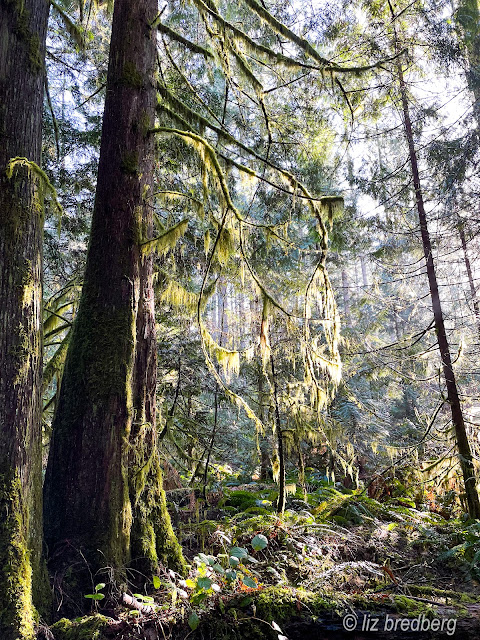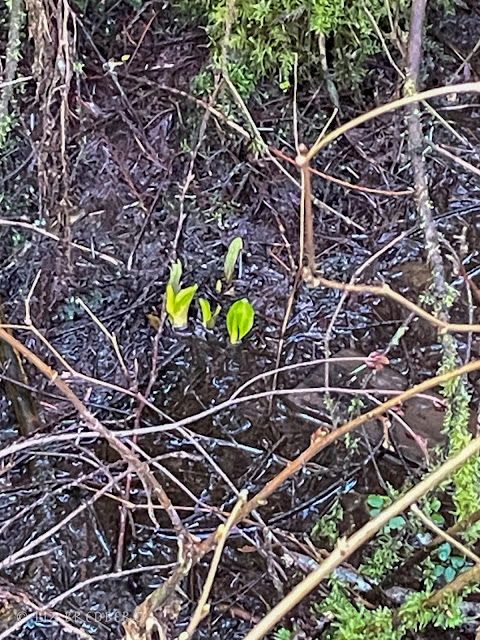26-28 April

Three fine visits to the Hamilton Wetlands and Forest in three days. On the 26th I was privileged to join a very knowledgeable, very pleasant biologist. We enjoyed our explorations, and she spotted some species I'd not noticed before. There are at least three yew trees in the forest, two of which were new to me. The 27th was the annual Hamilton Marsh open day--exhibitions by several groups supporting biodiversity, and tours led by members of Arrowsmith Naturalists. The day threatened rain, but remained relatively dry until we had closed up tents and displays. The school in Hilliers, nearby, had a tent near the Marsh, where the students displayed an assortment of aquatic critters that they'd netted and that they returned to the Marsh at the close of the day. The 26th and 27th were both fine days, but not conducive to photography. At this season there is a lot to show, so I decided to take a solo walk with my camera on the following day. The swordfern is evergreen,


